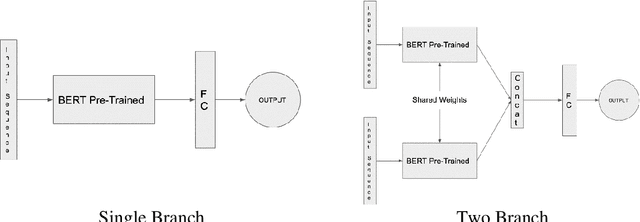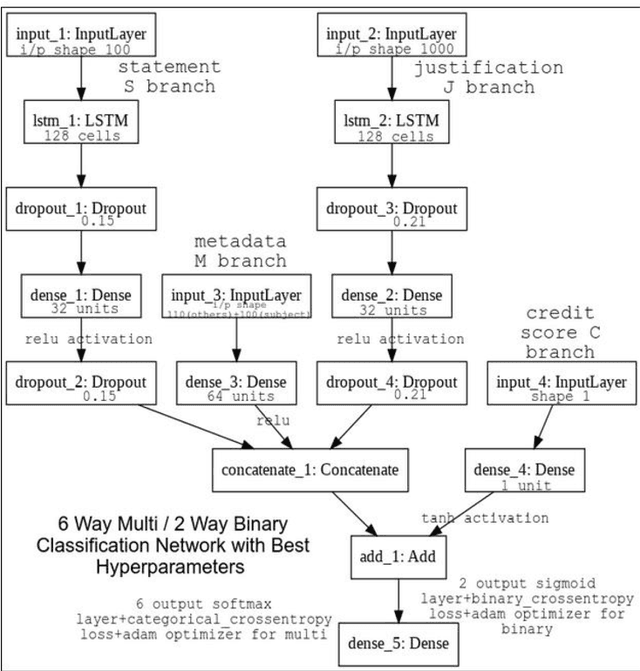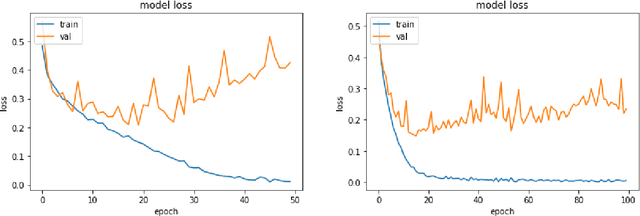Fake News Detection: Experiments and Approaches beyond Linguistic Features
Paper and Code
Sep 27, 2021



Easier access to the internet and social media has made disseminating information through online sources very easy. Sources like Facebook, Twitter, online news sites and personal blogs of self-proclaimed journalists have become significant players in providing news content. The sheer amount of information and the speed at which it is generated online makes it practically beyond the scope of human verification. There is, hence, a pressing need to develop technologies that can assist humans with automatic fact-checking and reliable identification of fake news. This paper summarizes the multiple approaches that were undertaken and the experiments that were carried out for the task. Credibility information and metadata associated with the news article have been used for improved results. The experiments also show how modelling justification or evidence can lead to improved results. Additionally, the use of visual features in addition to linguistic features is demonstrated. A detailed comparison of the results showing that our models perform significantly well when compared to robust baselines as well as state-of-the-art models are presented.
 Add to Chrome
Add to Chrome Add to Firefox
Add to Firefox Add to Edge
Add to Edge